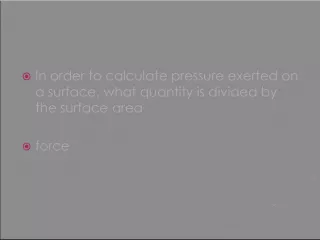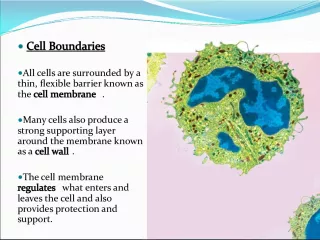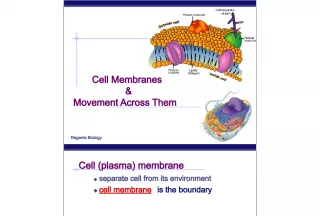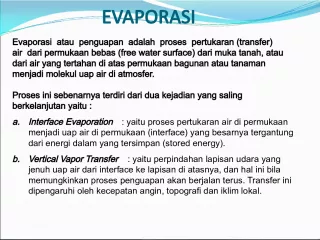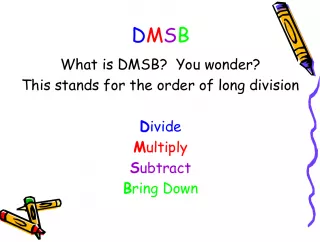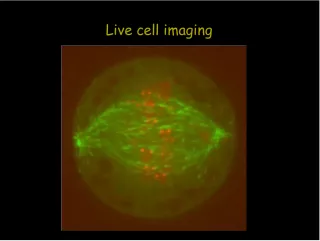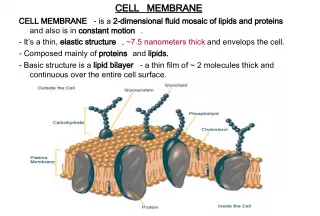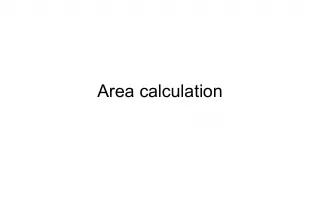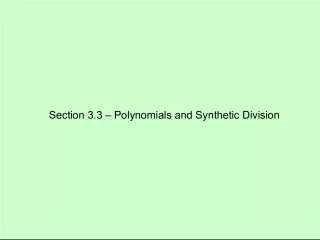Understanding Surface Area in Chapter 10: Cell Division
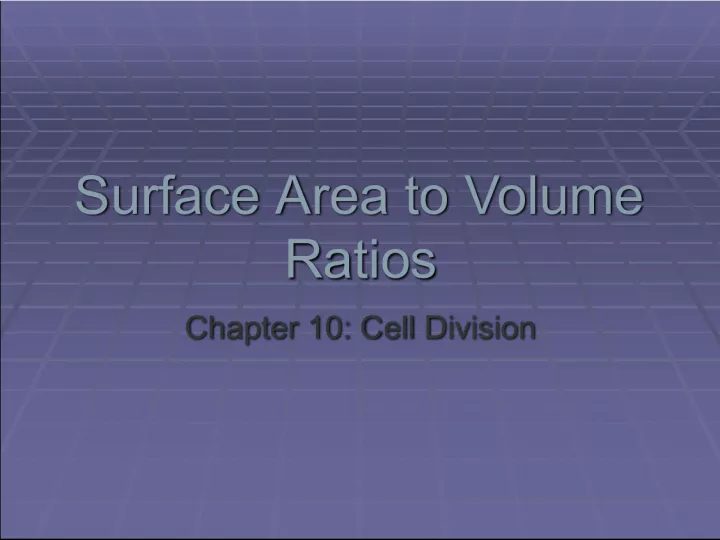

In Chapter 10 of our textbook on Cell Division, we will explore the concept of surface area and how it relates to the volume of a figure. Surface area is defined as
- Uploaded on | 4 Views
-
 ninabertrand
ninabertrand
About Understanding Surface Area in Chapter 10: Cell Division
PowerPoint presentation about 'Understanding Surface Area in Chapter 10: Cell Division'. This presentation describes the topic on In Chapter 10 of our textbook on Cell Division, we will explore the concept of surface area and how it relates to the volume of a figure. Surface area is defined as. The key topics included in this slideshow are . Download this presentation absolutely free.
Presentation Transcript
Slide1Surface Area to Volume Ratios Surface Area to Volume Ratios Chapter 10: Cell Division Chapter 10: Cell Division
Slide2Surface Area Surface Area A measure of the number of square units needed to cover the faces or surfaces of a figure. A measure of the number of square units needed to cover the faces or surfaces of a figure. Surface Area = Length x Width x # of sides
Slide3Example of Surface Area Example of Surface Area A cube has 6 equal sides, so the A cube has 6 equal sides, so the Surface Area = 6 x L 2 Surface Area = 6 x L 2 Example : The length of one side of a cube is 0.5 cm. Calculate the Surface Area of the cube. Example : The length of one side of a cube is 0.5 cm. Calculate the Surface Area of the cube. Surface Area = 6 x L 2 = 6 x (0.5) 2 = 6 x 0.25 = 1.5 cm 2 Surface Area = 6 x L 2 = 6 x (0.5) 2 = 6 x 0.25 = 1.5 cm 2
Slide4VolumeVolume Volume = Length x Width x Height • The amount of space occupied by a three-dimensional object
Slide5Example of Volume Example of Volume A cube has 6 equal sides, so the Volume = L 3 A cube has 6 equal sides, so the Volume = L 3 Example : The length of one side of a cube is 0.5 cm. Calculate the volume of the cube. Example : The length of one side of a cube is 0.5 cm. Calculate the volume of the cube. Volume = L 3 = (0.5) 3 = 0.125 cm 3 Volume = L 3 = (0.5) 3 = 0.125 cm 3
Slide6Example of Surface Area to Volume Ratio Example of Surface Area to Volume Ratio Surface Area Surface Area 0.5 x 0.5 x 6 = 0.5 x 0.5 x 6 = 1.5 cm 2 1.5 cm 2 Volume Volume 0.5 x 0.5 x 0.5 = 0.125 cm 3 0.5 x 0.5 x 0.5 = 0.125 cm 3 Ratio of Surface Area to Volume Ratio of Surface Area to Volume 1.5/0.125 = 12:1 1.5/0.125 = 12:1
Slide7Surface Area to Volume Ratios Surface Area to Volume Ratios • Changes in the surface area to volume ratio are important in determining an organism’s size, and help explain some of the modifications seen in larger- bodied organisms. • Imagine a cell shaped like a cube. As the length of the sides of a cube increases, its volume increases faster than its surface area, decreasing the ratio of surface area to volume. • If a cell gets too large, its surface area is not large enough to get enough oxygen and nutrients in and waste out efficiently.

